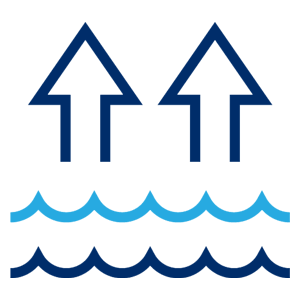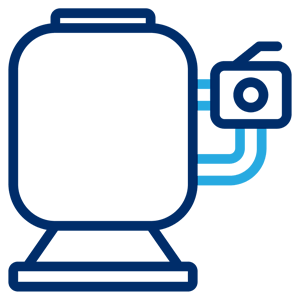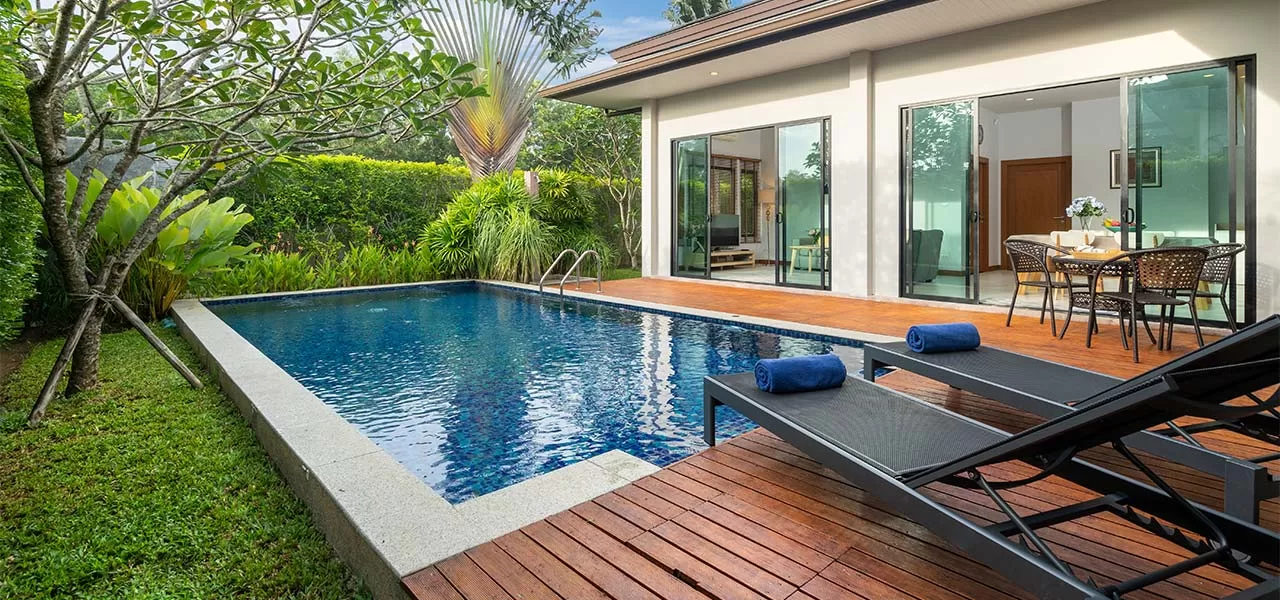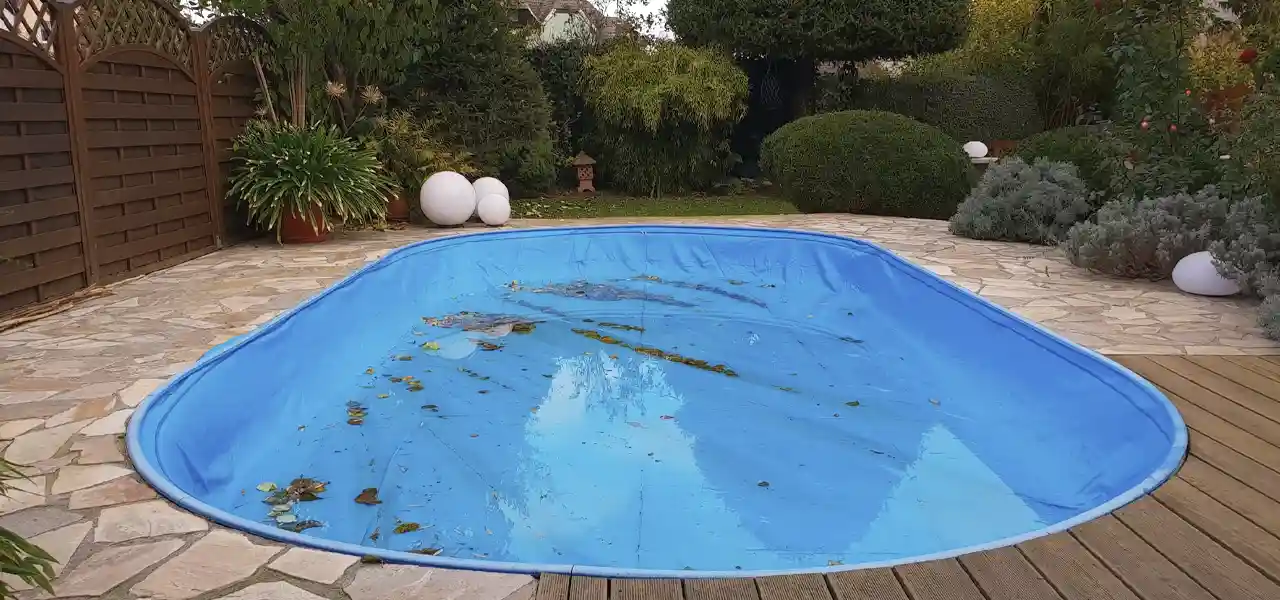Pool maintenance isn’t something you should do every once in a blue moon. From daily water level checks to annual cleanings, you need to do certain things at specific times to keep your pool safe and functional. This may seem intimidating, but it doesn’t have to be! Here at In The Swim, we know that owning a pool often comes with a learning curve, which is why we’re here to help you put together the perfect year-round maintenance schedule, meant to help you care for your pool with ease. Keep reading to learn exactly what you need to do for your pool and when.
Daily Pool Maintenance
On a daily basis, you have to take small, yet impactful actions for your pool. While it may seem as though you can skip these steps, or not be as consistent with them, trust us — performing these daily pool maintenance tasks will help improve the overall health and longevity of your pool. Here are a few things to check for every day:

- Water Level: You never want your water levels to be too high or too low — about halfway up the mouth of the skimmer is just right. The proper water level allows your skimmer to do its job, which is to draw water from the surface of the pool and move it through to the filtration system. Not only does this help with circulation, but it clears your pool of surface-level debris before it reaches the pool floor. If your water levels are too high, vacuuming to waste or backwashing can lower the level. Or, if your pool system isn’t equipped to do this, a submersible pump can remove the excess water. When your water levels are too low, you’ll need to add more water. Keep in mind that this can dilute the chemistry levels within your pool.
- Daily Sanitizer: Whether you use 3″ tablets, liquid chlorine, a saltwater system, or other type of sanitizer, ensure that your pool receives sufficient sanitizer each day to keep the water healthy. Restock your chlorine floater or automated chlorinator with tablets as needed, add the right amount of liquid chlorine, or ensure your salt cell is working properly.
- Pump and Filter: A pool pump is the epicenter of a pool’s circulatory system, moving water through the filter and other equipment before returning clean, filtered water to the pool. While the pump works, your pool’s filter gauge reads the pressure building in the filter. Performing a brief inspection of your filter gauge will let you know if water is flowing normally. If your pressure is too high, it might mean there’s a blockage or closed valve between the filter and the return lines, or it could be a sign of a dirty filter — more on that under monthly maintenance. When pressure is low, you may have closed or blocked valves between the filter and skimmer inlet, a low water level, or full skimmer and pump strainer baskets — which leads us to our next point…
- Pump Strainer and Skimmer Baskets: It’s simple, your pool can’t function without proper filtration, and your pump strainer and skimmer baskets play a large role in that. Their job is to collect large water debris before it gets pulled into your pump. If you don’t clean the basket, debris has the potential to block or limit water flow. When your baskets are clogged, your pump has to work harder to cycle the water, which can damage your pump.
- Pool Cleaner: Routinely checking to make sure your automatic pool cleaner is functioning properly ensures the cleanliness of your pool. If your cleaner has a debris bag or filter canister, empty as needed to keep it from getting full. Having issues with your cleaner? Our Automatic Pool Cleaner Troubleshooting Guide helps break down common problems and how to solve them!
Other items to check include taking a glance at the fencing and gates that surround your pool. When the pool’s not in use, make sure your fences and gates are latched and locked for the protection and safety of others. If you notice gaps or low spots that could allow children and animals to sneak through, repair them immediately.
Weekly Pool Maintenance
Weekly pool maintenance tends to be more involved, typically featuring a list of important items to check and clean.

- Shock Your Pool: Have you recently thrown a pool party? Do you notice cloudy or foamy pool water? Struggling to acquire a good chlorine reading? It might be time to shock your pool, which means adding a granular oxidizer to the water. Even if the water looks perfectly clear, a weekly shock treatment is important to ensure healthy water. This isn’t a pool maintenance step you should skip, as shock works to remove algae, bacteria, and other organic contaminants that cause cloudy water and other issues. Before you shock your pool, start with checking your water balance — especially the pH levels — and then clean your pool. Once that is complete, add your shock. In most cases, you’ll use a chlorine shock, such as cal-hypo or dichlor. However, if your chlorine levels are 2.0 ppm or higher, you can use a chlorine-free shock to oxidize the water.
- Check Water Balance: Consistency is the name of the game for your Total Alkalinity, pH, Free Chlorine, and other water chemistry levels. When your levels are too high or too low, it can change the quality of your pool water, becoming a safety hazard for swimmers and potentially damaging pool equipment. We suggest testing and balancing the water at least once a week, but test more often during periods of high temperatures, increased use, or inclement weather. If you’re currently struggling with balancing your pool water or simply looking for advice from the pros, read our water balancing resources for more tips and tricks!
- Clean Your Pool: A beautiful pool is a clean pool, which is why this step cannot be missed. Even if you have an automatic pool cleaner, it’s important to manually skim your pool’s surface for topical debris, and brush pool walls and floors to improve circulation and prevent algae formation at least once a week. If you have a pool vacuum, it can help with big cleanup jobs or a quick spot clean.
- Add Speciality Chemicals: We recommend a weekly dose of algaecide, clarifier, enzymes, and a stain and scale preventer to help improve your pool’s filtration, control algae, and prevent metal staining and calcium buildup. Even with these chemicals, it’s still important to maintain proper water balance for best results.
Monthly Pool Maintenance
Your monthly maintenance includes specific checks and tasks that involve maintaining and improving the quality of your pool water.

- Clean the Pool Filter: Your filtration system removes dirt and debris from pool water. Regularly cleaning your filter not only eliminates contaminants and allows filtration to run smoothly, it also reduces stress on pool equipment and prolongs that lifespan of your pool pump. As a general rule of thumb, clean your filter whenever the pressure gauge shows 8–10 PSI higher than your normal, “clean” pressure. Have more questions about cleaning or maintaining your filter? Check out our pool filter resources!
- Check Calcium Hardness and Cyanuric Acid: While these levels are typically stable, it is important to check them monthly in the event that their levels change. With Calcium Hardness, the range should be within 200–400 ppm. Cyanuric Acid levels need to be within the 30–100 ppm range. If numbers get too high, draining a portion of the pool and refilling may be needed. If the levels are too low, you can get them back in range with the right dose of either Calcium Hardness Increaser or Stabilizer.
Annual Pool Maintenance
A pool owner’s annual maintenance routine should include maintaining vital pieces of pool equipment and cleaning often-used surfaces.

- Clean Dive and Slide Surfaces: Cleaning often-used surfaces, such as diving boards and slides, removes layers of oil, sunscreen, and airborne debris that can affect its texture, cleanliness, and functionality.
- Check Bolts: With constant use, bolts that keep diving boards, slides, and ladders in place can loosen over time. Checking the stability of these bolts is crucial for the safety of pool users.
- Lubricate O-Rings: An O-ring works to stop the water leakage of different pieces of pool equipment, including pumps, filters, heaters, and valves. At least once a year, you’ll want to lubricate your O-rings with a silicone-based product like Magic Lube. Skipping this step can cause your O-rings to dry out and crack, rendering them an ineffective seal.
Performing routine maintenance on your pool not only conserves its beauty, but it also assures its long-term functionality. In addition, establishing a maintenance routine improves your pool’s water quality, and provides an overall safe swimming experience. For more information on the proper ways to care for your pool, check out our blog for more in-depth advice.



